Product Consultation
Your email address will not be published. Required fields are marked *
The production of bi-component FDY (Fully Drawn Yarn) and single-component FDY begins with fundamental differences in material composition. Single-component FDY yarn is produced using a single type of polymer, typically polyester (PET), nylon (PA), or polypropylene (PP). Its properties depend largely on the polymer’s molecular structure and the spinning conditions applied during production. In contrast, bi-component FDY yarn is produced from two distinct polymers that are extruded together through the same spinneret. These polymers can have different melting points, viscosities, or chemical characteristics. The resulting yarn has a dual-structure composition, often referred to as a “core-sheath,” “side-by-side,” or “island-in-the-sea” configuration. This multi-polymer structure allows bi-component yarns to exhibit unique properties such as self-crimping, enhanced elasticity, and better dye uptake, depending on the combination used.
The spinning technology for single-component FDY yarn is relatively straightforward. It involves melting one polymer, extruding it through spinneret holes, cooling the filaments, and winding them onto bobbins after drawing and heat-setting. For bi-component FDY yarn, the process requires specialized spinning equipment capable of handling two polymer melts simultaneously. Each polymer is melted in separate extruders and fed into a bi-component spinning pack, which merges the two streams before extrusion. Precise control of temperature and flow ratio is critical to maintain uniform distribution of both polymers. Even slight deviations in viscosity or extrusion rate can cause inconsistencies in yarn cross-sections or lead to weak bonding between the two components.
A major technical challenge in bi-component FDY production lies in managing the interface between the two polymers. Since bi-component yarns involve combining polymers with different thermal and rheological properties, achieving stable adhesion is essential. The selection of compatible polymers, such as PET/PA6 or PET/PP, is based on their interfacial bonding potential and processing temperature ranges. In contrast, single-component FDY production eliminates this concern since the yarn consists of only one polymer. This simplifies the process, reducing the need for complex temperature control and mixing mechanisms. However, it also limits the ability to modify mechanical or thermal characteristics through polymer blending.
During FDY production, the drawing stage is crucial for aligning polymer chains and enhancing yarn strength. In single-component FDY production, the yarn passes through multiple rollers that stretch it to a defined draw ratio. This process enhances molecular orientation and crystallinity, giving the yarn its desired tensile strength and elasticity. For bi-component FDY yarn, drawing must accommodate two polymers that may respond differently to tension and heat. The draw ratio and temperature settings must be adjusted to ensure both components reach optimal orientation simultaneously. Uneven stretching can cause delamination or micro-cracking between polymer layers. As a result, precise synchronization of tension control and heat application is vital in the production of stable bi-component FDY.
Thermal management in the production of FDY yarn directly affects yarn quality and surface uniformity. In single-component FDY, the filament cooling system uses controlled air or quenching chambers to solidify the molten polymer uniformly. Bi-component FDY requires more advanced cooling because two polymers with different melting points must solidify in a balanced manner. Uneven cooling can result in differential shrinkage, causing filament distortion. Some manufacturers employ dual-zone quenching systems, allowing precise temperature gradients that match each polymer’s crystallization rate. This ensures better filament roundness and dimensional stability during downstream processing.
After spinning and drawing, both single and bi-component FDY yarns undergo winding. However, due to structural differences, winding tension must be adjusted in bi-component yarns to prevent slippage between layers. In some cases, anti-slip coatings or tension-controlled winding systems are used to stabilize the filaments. Single-component FDY yarns are generally more stable during winding because their homogeneous composition provides consistent frictional behavior. For bi-component yarns, even small imbalances in surface energy or elasticity between components can affect winding uniformity, making tension monitoring systems essential in automated production lines.
The structural complexity of bi-component FDY yarn translates into enhanced functionality compared to single-component FDY. Depending on the polymer combination and configuration, bi-component yarns can exhibit self-crimping (useful for creating bulk or stretch fabrics), controlled dyeability, and soft touch. Single-component FDY yarns, on the other hand, are valued for their uniform mechanical strength, color consistency, and simplicity in processing. They are widely used in apparel, home textiles, and industrial applications where consistent texture and high tensile performance are required. The table below provides a comparative summary of their performance characteristics.
| Property | Single-Component FDY Yarn | Bi-Component FDY Yarn |
|---|---|---|
| Material Composition | Single polymer type | Two polymer types (e.g., PET/PA6) |
| Production Complexity | Moderate | High (requires dual extrusion) |
| Elasticity | Standard, based on polymer | Enhanced through polymer combination |
| Color Absorption | Uniform but limited | Variable, improved with certain blends |
| Thermal Resistance | Defined by single polymer | Adjustable by polymer selection |
| Applications | General textiles and apparel | Technical fabrics and specialty yarns |
The production cost of bi-component FDY yarn is typically higher than that of single-component FDY due to the need for advanced machinery, dual extruders, and additional process control systems. However, the increased cost can be justified in applications that require multifunctional properties such as moisture management, elasticity, or thermal bonding. Single-component FDY production remains more efficient for mass manufacturing because of its lower energy requirements and simpler process configuration. Additionally, maintenance and quality control are easier to manage in single-polymer setups, leading to consistent production output and lower operational costs.
In FDY yarn production, quality control ensures that the yarn meets mechanical, thermal, and visual specifications. For single-component FDY yarn, quality checks typically focus on tensile strength, elongation, and dye uniformity. Bi-component FDY yarn requires more detailed testing due to the interaction between two polymers. Testing includes evaluation of interfacial bonding strength, cross-sectional uniformity, and crimp development behavior under heat. Advanced imaging systems such as optical microscopy and scanning electron microscopy (SEM) are used to confirm the distribution of the two polymers in the yarn cross-section. Automated monitoring systems track viscosity, melt pressure, and draw ratio to ensure continuous stability throughout production.
The environmental footprint of FDY production depends largely on polymer choice and energy efficiency. Single-component FDY typically uses conventional polyester derived from petrochemical sources, while bi-component FDY production offers the flexibility to combine recycled or bio-based polymers. Energy consumption in bi-component systems is higher because of dual heating and extrusion requirements. However, some manufacturers mitigate this through heat recovery systems and efficient quenching air recycling. Waste polymer can also be reprocessed into lower-grade products, improving resource utilization in both production types.
Bi-component FDY yarns are used in applications requiring advanced functionality, such as high-performance sportswear, nonwoven fabrics, and thermal bonding materials. Their ability to combine strength and flexibility makes them suitable for use in filtration, medical textiles, and automotive interiors. Single-component FDY yarns continue to dominate standard textile production, including fabrics for clothing, upholstery, and industrial belts. Their uniform texture and predictable behavior make them a preferred choice for large-scale weaving and knitting operations.
The table below summarizes the main distinctions between bi-component and single-component FDY production processes.
| Aspect | Single-Component FDY | Bi-Component FDY |
|---|---|---|
| Polymer Source | Single extrusion from one polymer | Dual extrusion from two different polymers |
| Spinning Equipment | Standard FDY spinning line | Modified dual-stream spinning system |
| Process Control | Simpler temperature and flow management | Requires precise synchronization and interface control |
| Output Properties | Uniform mechanical and thermal performance | Adjustable performance based on polymer pairing |
| Production Cost | Lower | Higher due to complexity |
While both bi-component and single-component FDY yarns share fundamental spinning and drawing principles, the presence of dual polymer systems in bi-component production introduces higher complexity and versatility. Through controlled extrusion, orientation, and interface management, bi-component FDY yarns achieve multifunctional characteristics that are difficult to replicate in single-component yarns. Nonetheless, single-component FDY remains an essential material in high-volume textile manufacturing due to its process stability and cost efficiency.
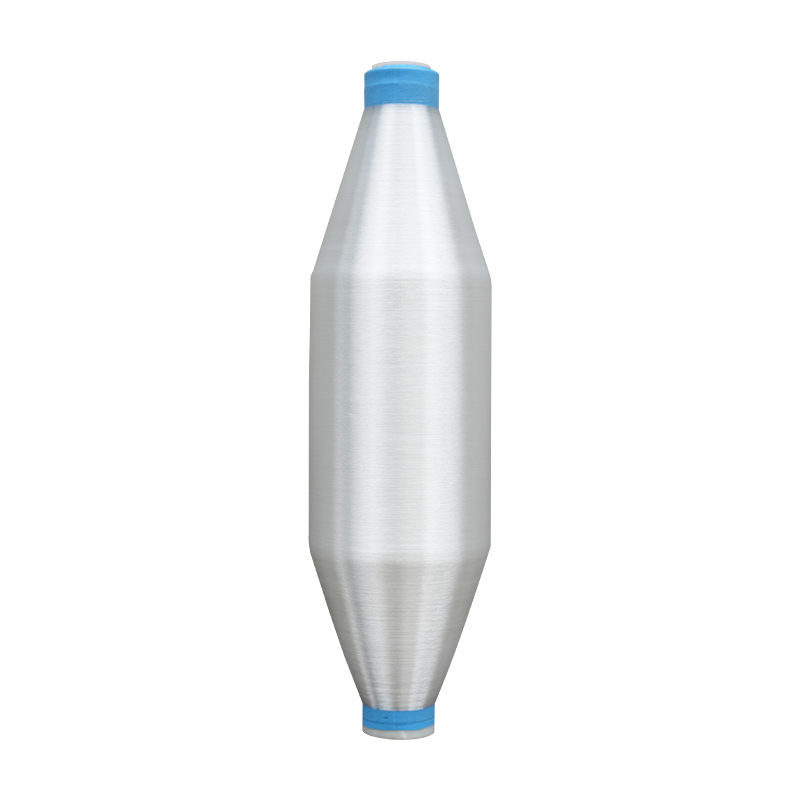
What are the key indicators for determining the quality of nylon monofilament yarn?
2025-10-01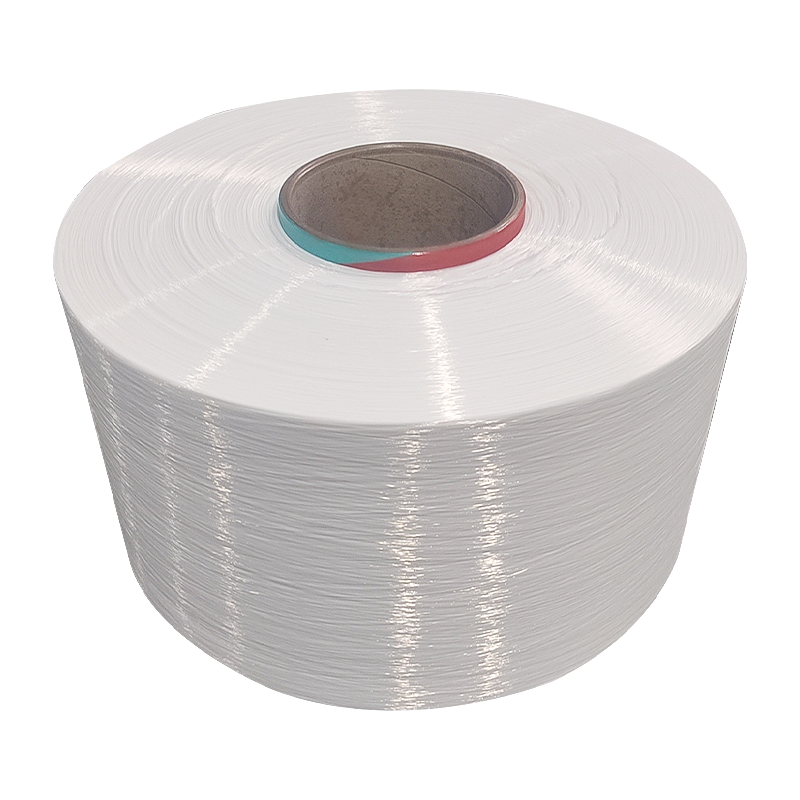
Is color difference control and batch stability guaranteed for nylon mother yarn?
2025-10-15Your email address will not be published. Required fields are marked *
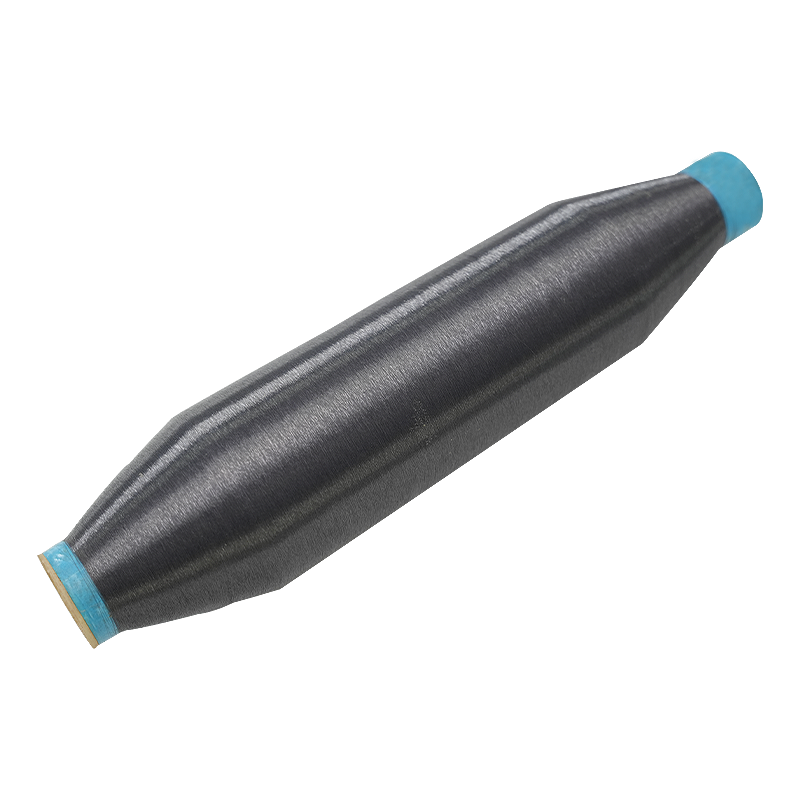
Elastic high-performance polyamide multifilament refers to a synthetic fiber made from polyamide polymer (commonly known as nylon). Resilient and high-performance properties make it suitable for a var...
See Details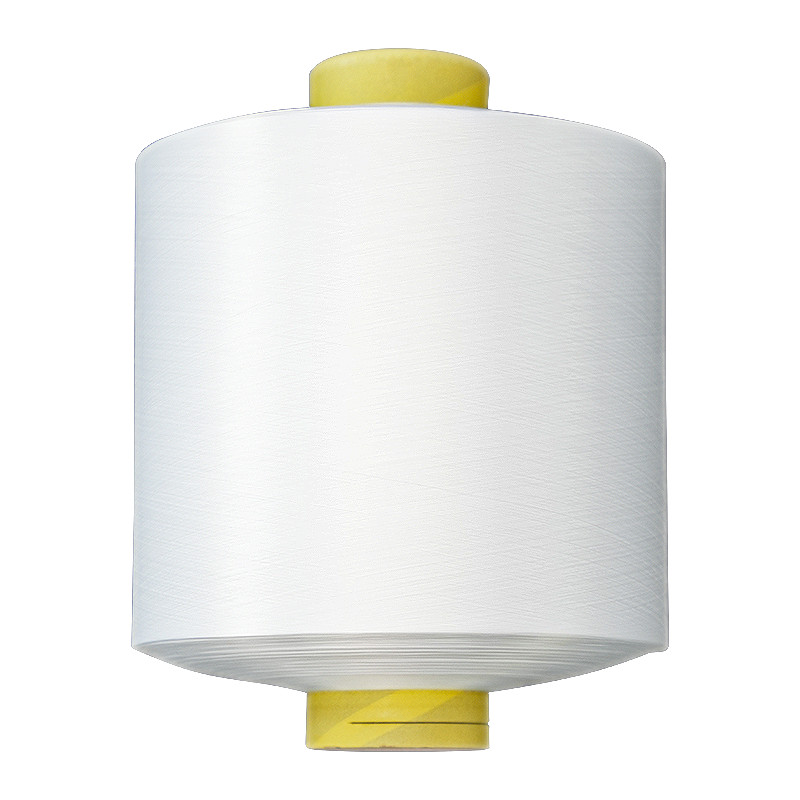
Nylon stretch sportswear yarn is a yarn used to make sportswear and other clothing that require high breathability. Nylon fiber has good breathability, which helps to wick away perspiration and keep t...
See Details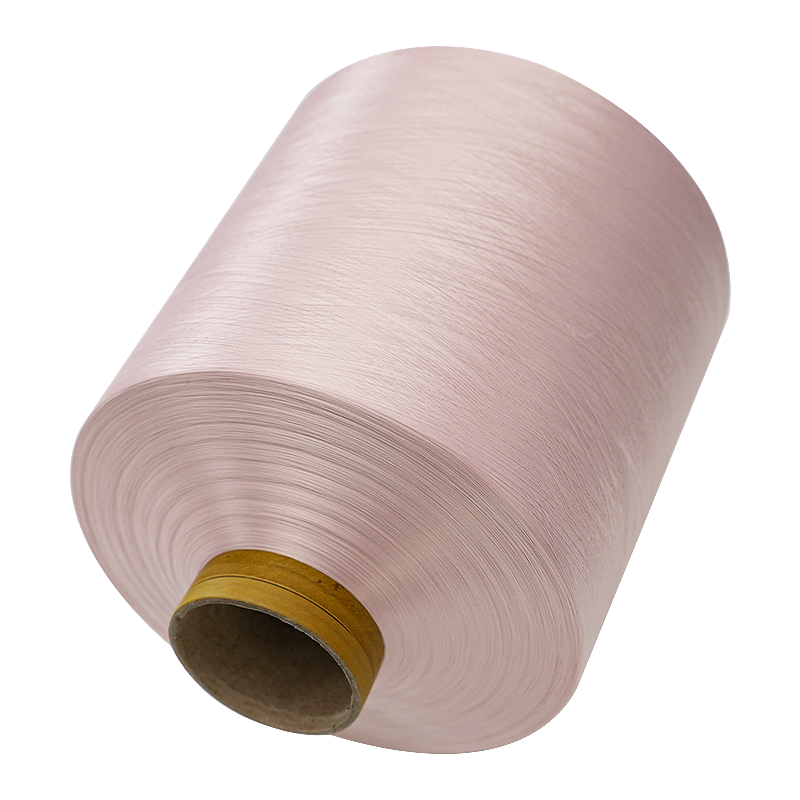
Double-strand nylon elastic yarn is a composite yarn composed of two strands of yarn. It has high strength, maintains stable performance even in a stretched state, and is not easy to break or deform. ...
See Details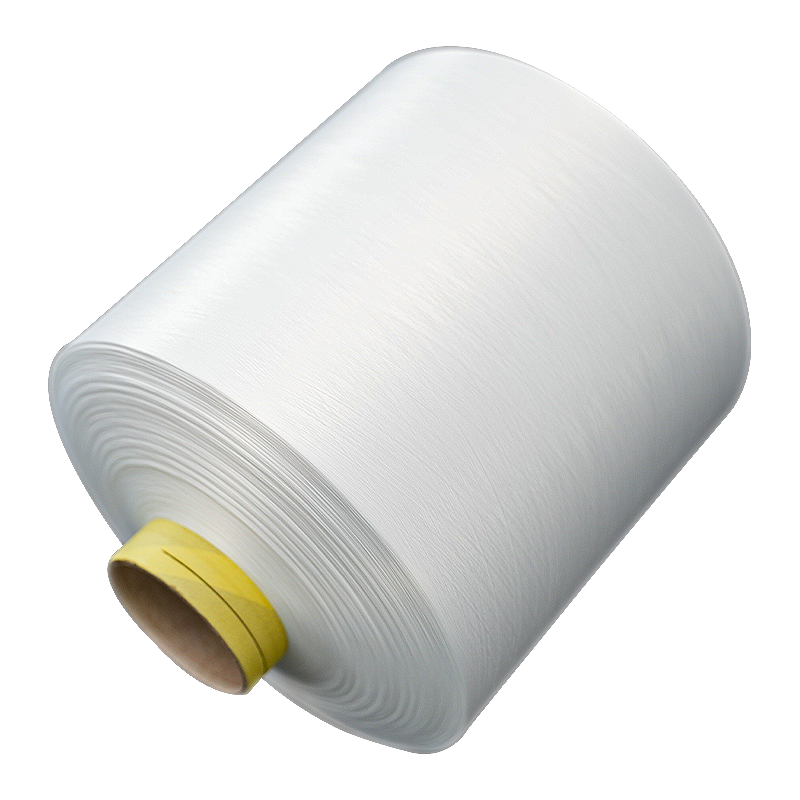
Nylon elastic yarn for textile use has a wide range of applications. Nylon elastic yarn is suitable for the manufacture of various textiles, such as underwear, socks, sportswear, swimwear, elastic fab...
See Details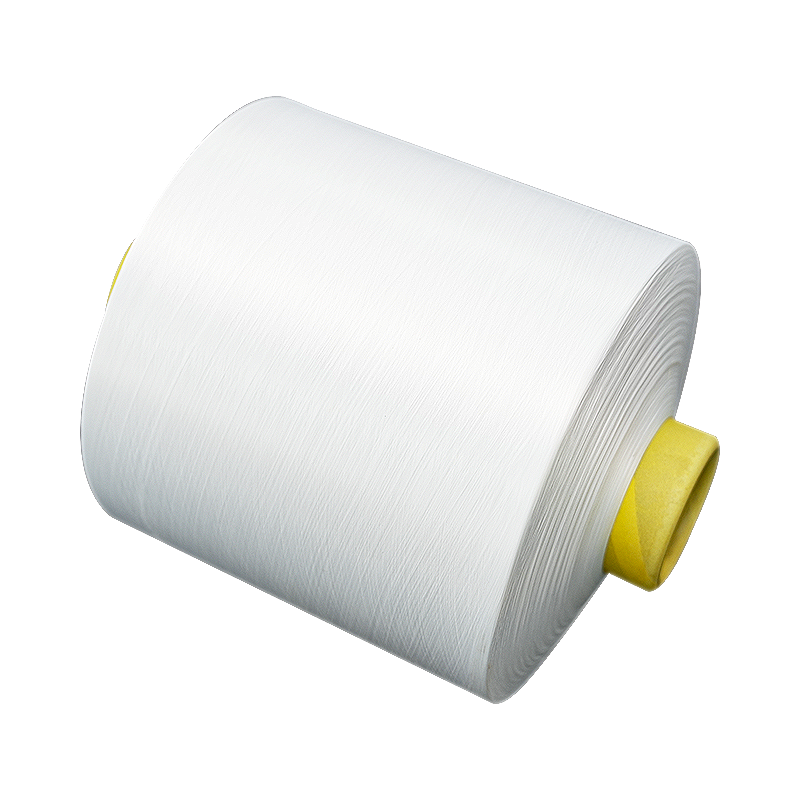
100D Nylon Elastic Yarn has a moderate thickness and good dyeing properties, which can achieve uniform and durable dyeing effects, making textiles bright and long-lasting in color. A yarn frequently u...
See Details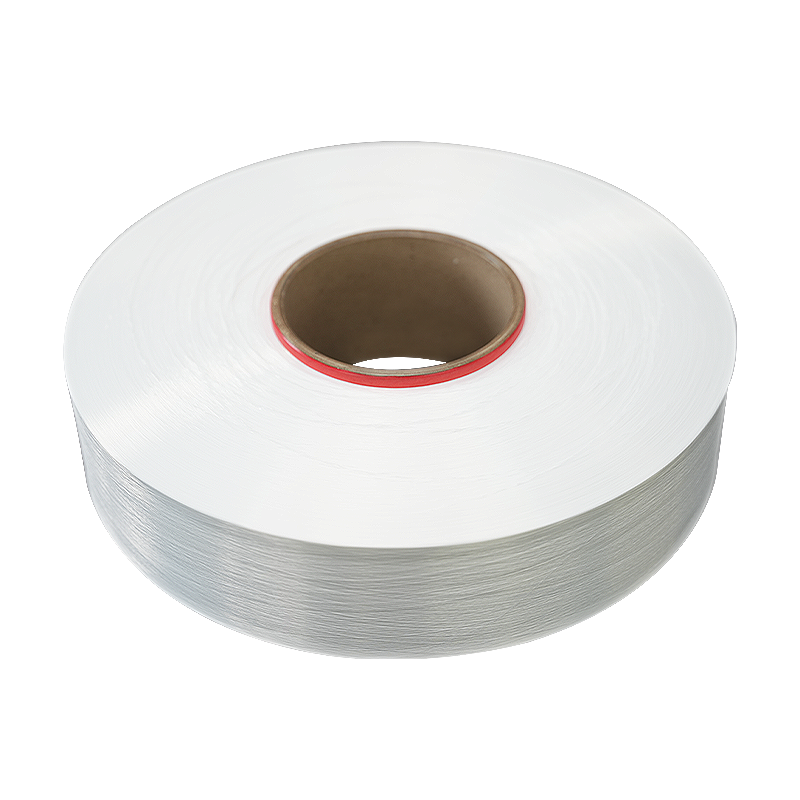
Polyester blended FDY yarn is a standard 50D yarn made from a blend of polyester and nylon. It combines the characteristics of both fibers and has durability and breathability. It has a wide range of ...
See Details
Low-melt textile FDY yarn can bond with other fibers at a certain temperature to form a strong fabric structure. This property makes it ideal for manufacturing synthetic or reinforced fabrics. This ki...
See Details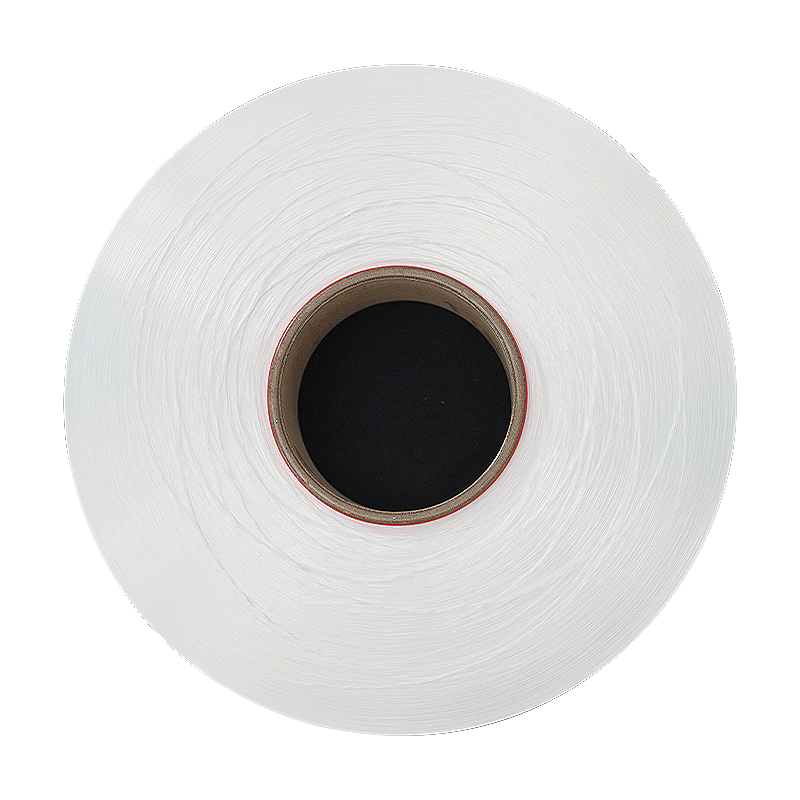
140D Durable low-melt FDY yarn is suitable for the manufacture of various textiles, especially for the preparation of composite fabrics, such as polyester-cotton blended fabrics or elastic fabrics. Th...
See Details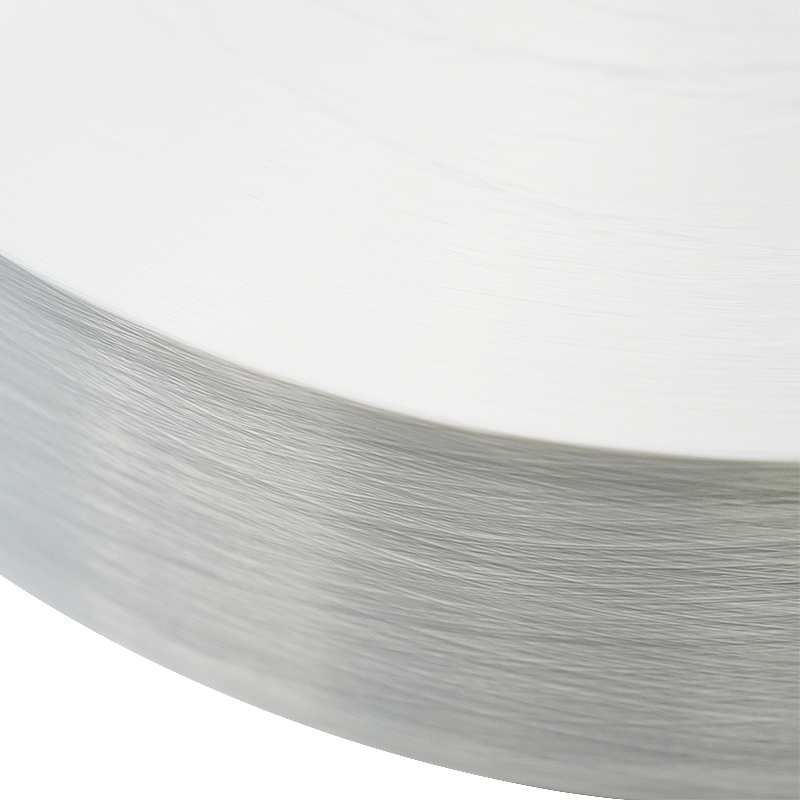
Cooling brushed durable FDY yarn has high durability and is suitable for manufacturing textiles that require wear resistance and durability. It is not easy to wear out after long-term use. Textiles of...
See Details
High shrinkage blended polyester yarn has a high shrinkage rate and is suitable for textile manufacturing that requires shrinkage treatment, such as making pleated fabrics or textile shaping. Because ...
See Details
Composite woven FDY yarn mixes different types of fibers and has good wear resistance. The fabric made is not easy to wear and is suitable for long-term use. Composite woven FDY yarn has a wide range ...
See Details
Water-repellent high Filament spun yarn has strong water resistance, providing an extremely delicate touch while retaining strength. Suitable for a wide range of applications from intricate embroidery...
See DetailsAddress: Duntou industrial park, haian county, nantong city,jiangsu province ,China.
TEL: +86 15850491859
E-mail: sales-betty@hsnylon.com
If You Are Interested In Our Products, Please Consult Us